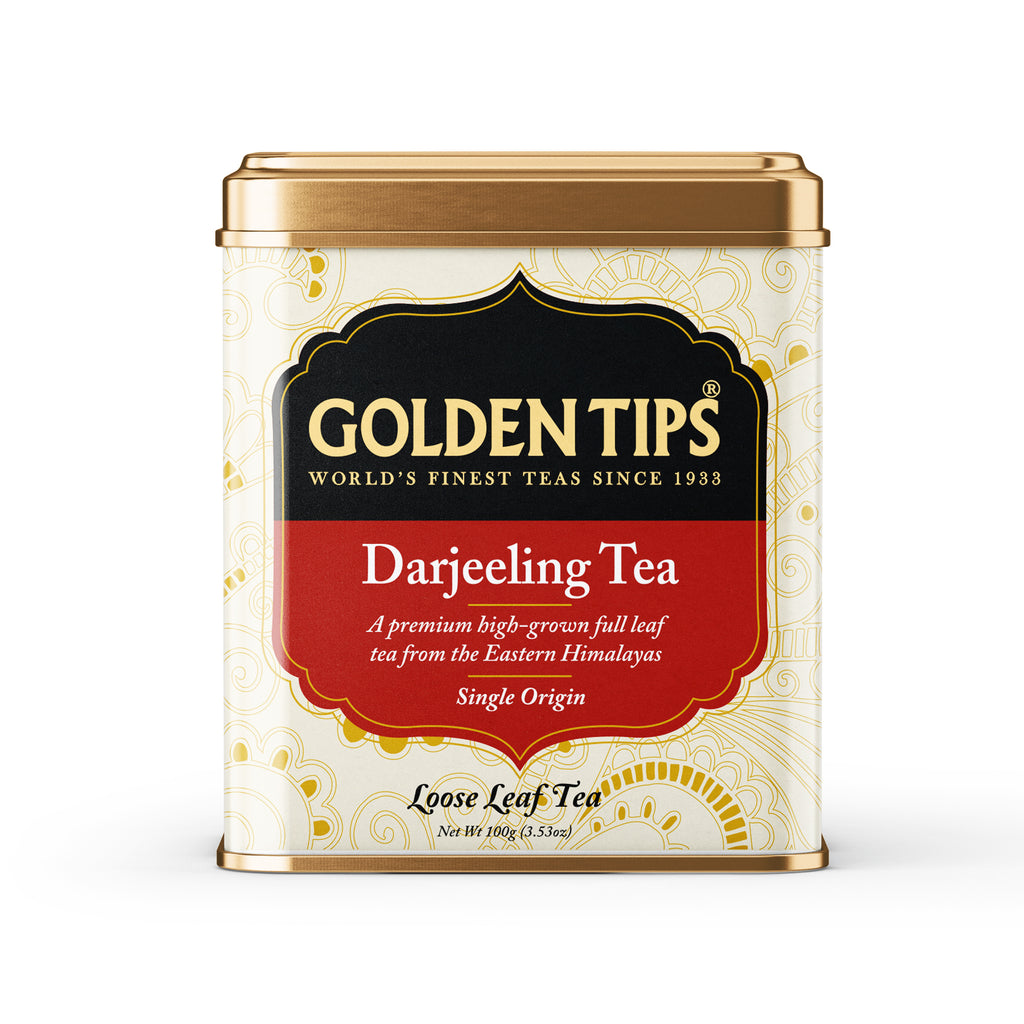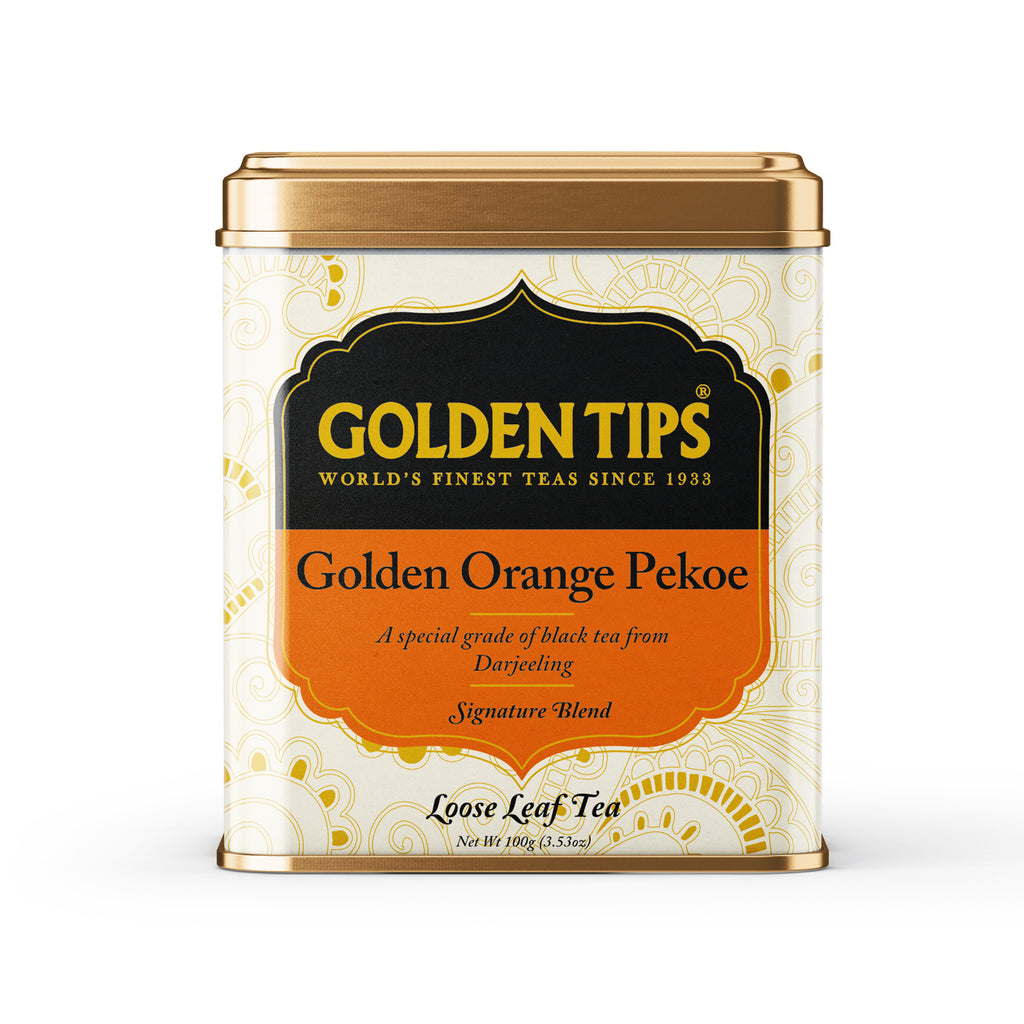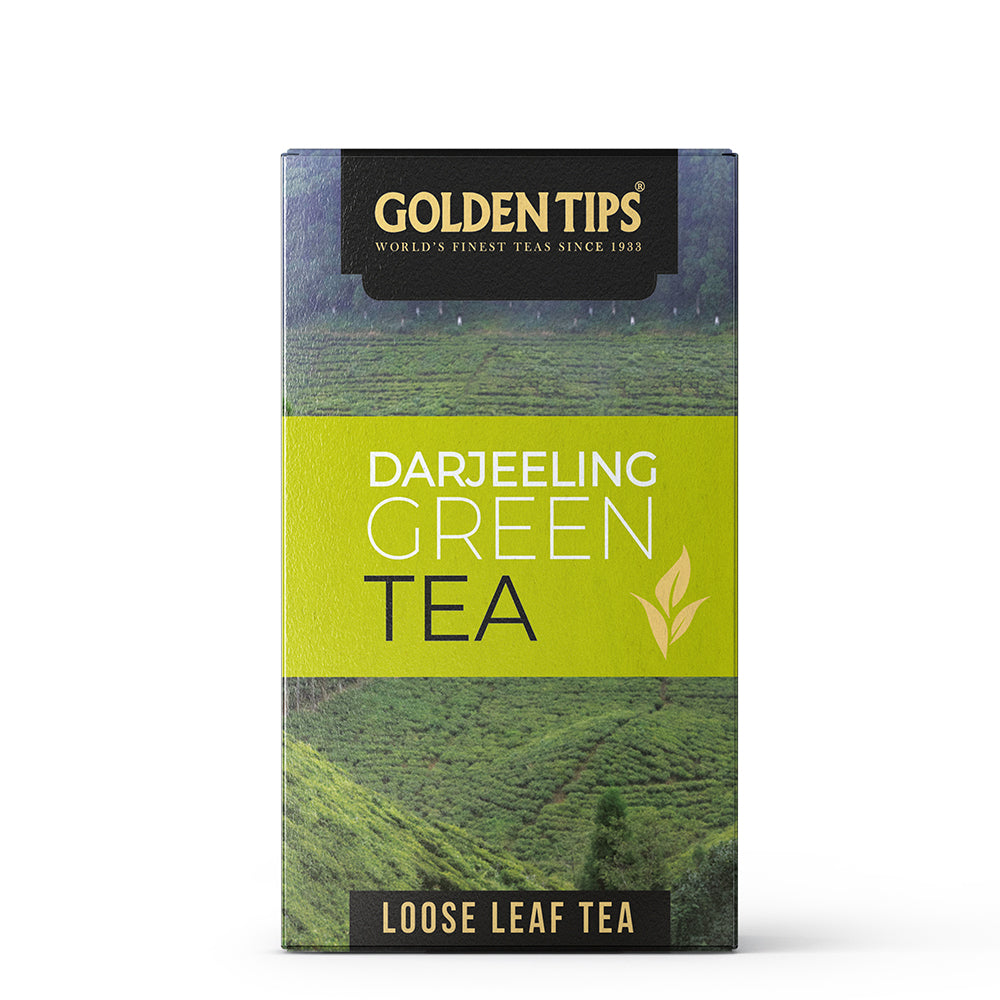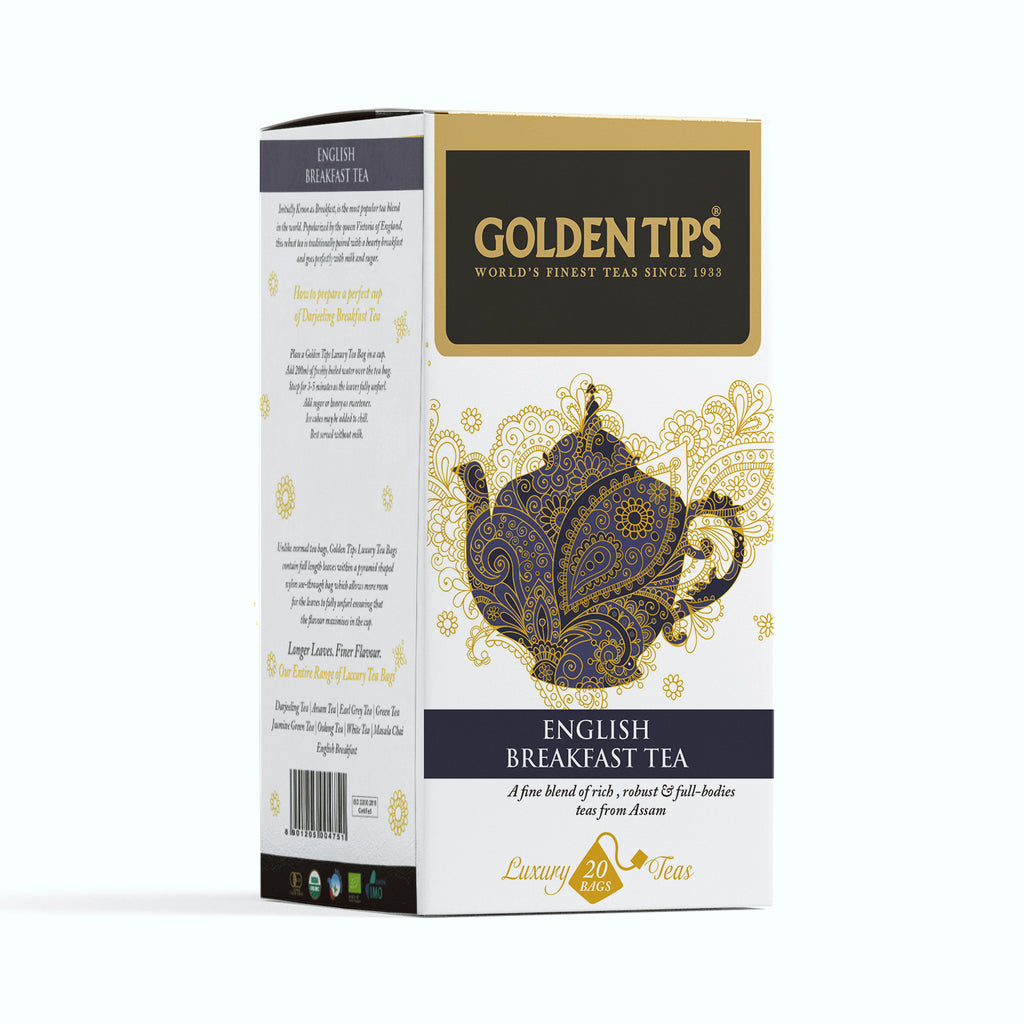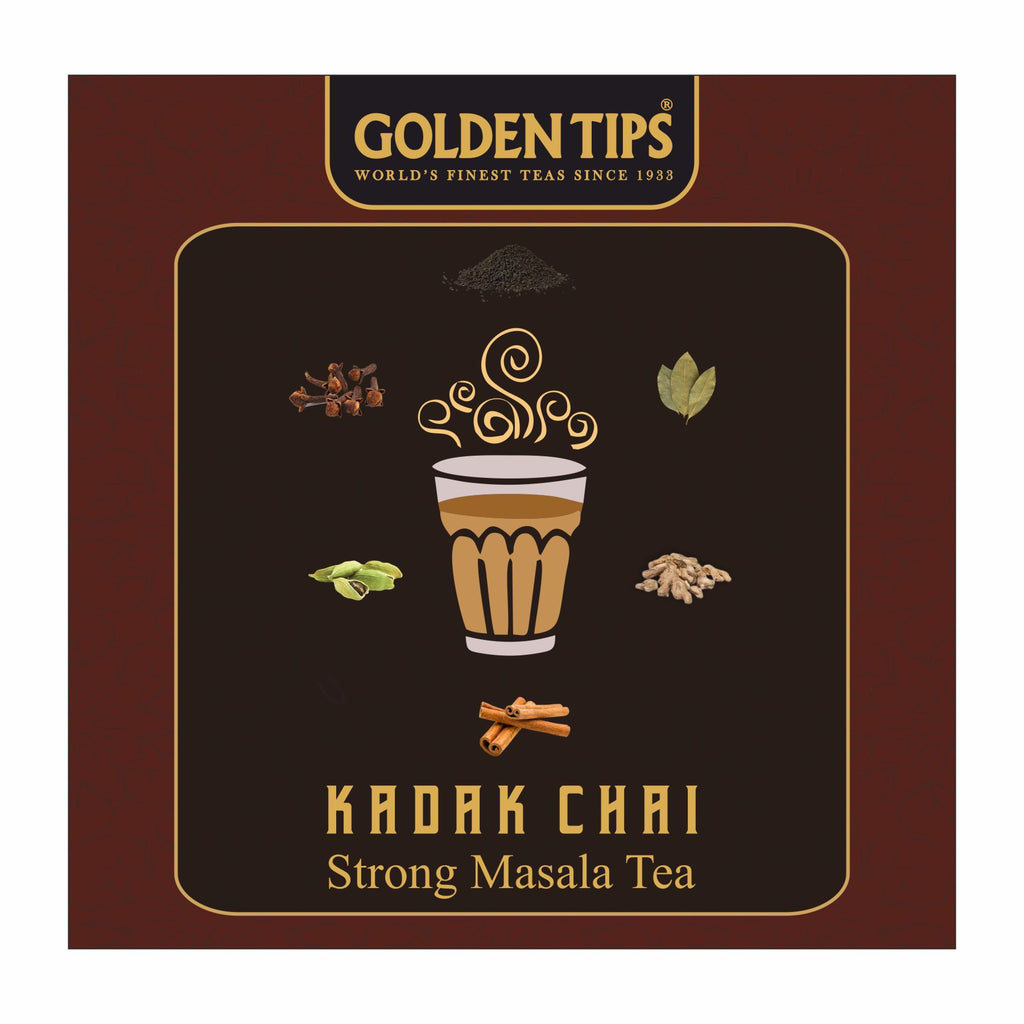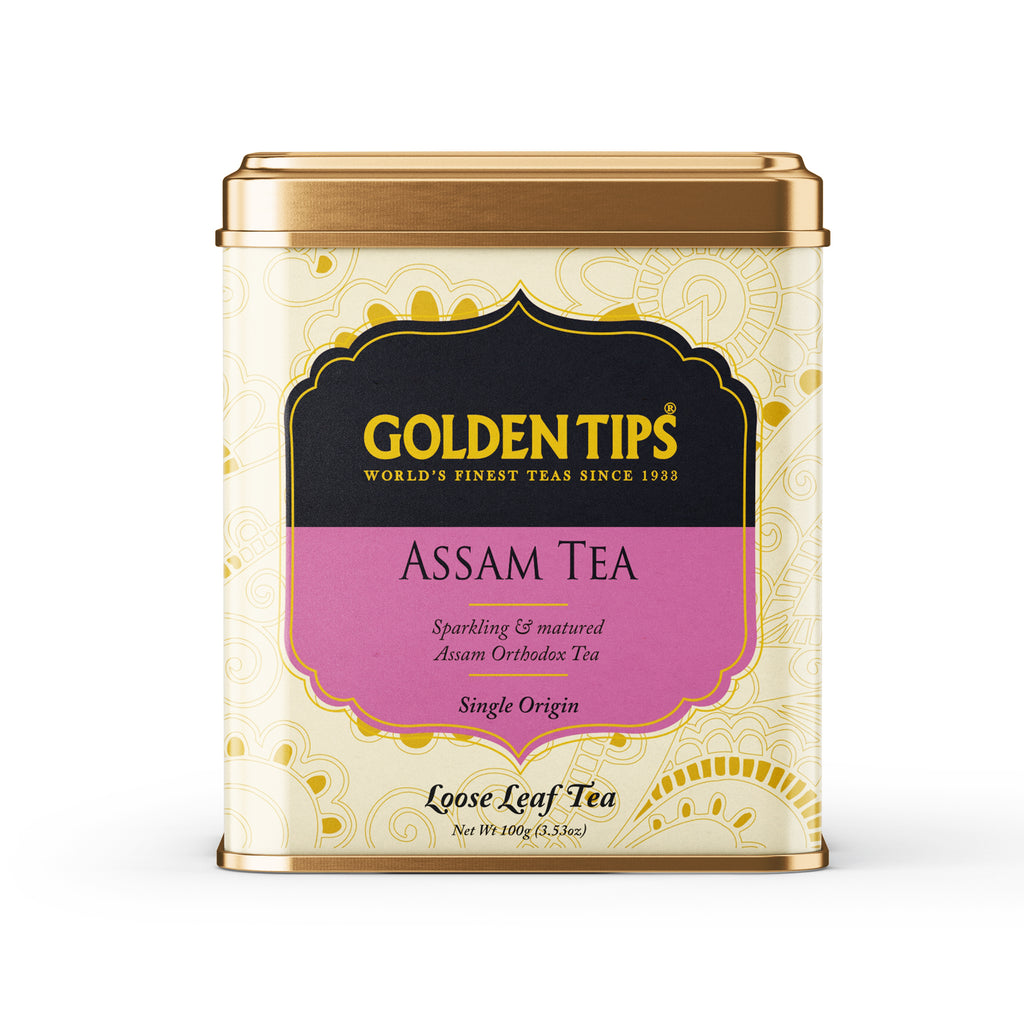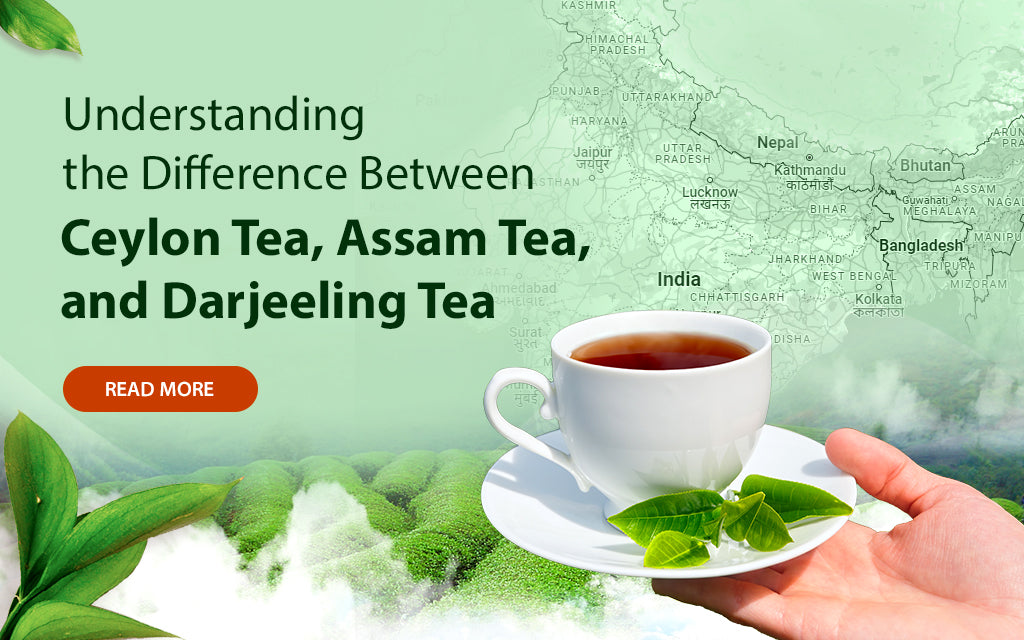
Understanding the Difference Between Ceylon Tea, Assam Tea, and Darjeeling Tea
Tea is not just an average beverage. In fact, it is one of the most popular drinks worldwide. It is loved and enjoyed by people of all nations and cherished for its distinct flavor. Among these, Darjeeling tea stands out as a pinnacle of sophistication and taste. In this post, we'll learn why Darjeeling is loved by millions worldwide and how it differs from its counterparts, Assam and Ceylon tea.
Darjeeling Tea- Champagne of Teas
Darjeeling tea earns this illustrious title due to its unparalleled quality and rich heritage. Just as champagne is synonymous with luxury and refinement among wines, Darjeeling tea holds a similar esteemed position in the world of teas.
Darjeeling tea's exceptional qualities stem from its origins in the misty foothills of the Himalayas. The combination of altitude, soil composition, climate, and rainfall in the Darjeeling region imparts a distinct flavor and aroma to the tea, much like how the specific conditions in champagne yield the characteristic taste of its wines.
Choices of Darjeeling Teas:
Tracing Back the Origins
Renowned for its exquisite flavor profile and delicate aroma, Darjeeling tea is predominantly grown in high-altitude gardens, benefiting from the region's unique climate and terroir. The misty Himalayan foothills impart a distinctive muscatel flavor to the tea, making it a must-try for tea lovers.
On the other hand, Assam tea hails from the northeastern state of Assam in India. It is touted for robust flavor and malty undertones, while Ceylon tea, grown primarily in Sri Lanka, offers a bright and brisk flavor profile with citrusy notes and a crisp finish.
Nonetheless, Darjeeling tea remains a preferred choice among all its counterparts- prized for its delicacy. It's much owed to Darjeeling tea's multifaceted flavor profile that evolves with each sip. Notes of muscatel, floral undertones, and a delicate astringency create a sensory experience that is both refined and captivating.
Choices of Assam Teas:
Appearance
Darjeeling tea leaves are characterized by their wiry appearance and delicate structure, boasting vibrant hues ranging from pale green to deep amber. This visual splendor reflects the tea's freshness, unparalleled quality, and meticulous craftsmanship. Each leaf is carefully plucked and processed to preserve its natural beauty and flavor, resulting in a tea that is as visually appealing as it is exquisite in taste.
In comparison, Assam tea leaves are broader and more robust, with a darker coloration indicative of its rich, full-bodied flavor. In contrast, Ceylon tea has a coppery appearance that adds to its briskness.
Wrapping Up
In a nutshell, Darjeeling tea's vibrant visual appeal and delicate fragrance make it a favorite in the world of teas. Each cup is an invitation. So why settle for the ordinary when you can experience the extraordinary with Darjeeling tea? Browse through our website to order your favorite Darjeeling tea flavors from our first, second and third flush. Experience the difference.
